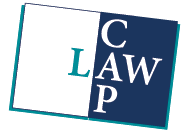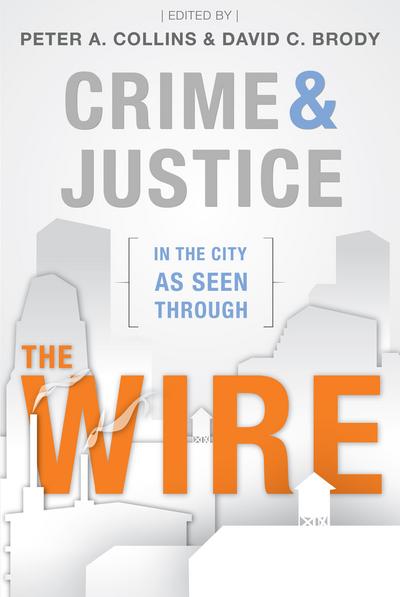Crime and Justice in the City as Seen through The Wire
Edited by: Peter A. Collins, David C. Brody
2013
Tags: Criminal Law; Drug Policy; Gangs; Investigation; Juvenile Justice; Media and Crime; Race and Ethnicity Issues; Social Problems; and Violence and Crime
368 pp $47.00
ISBN 978-1-61163-033-6
eISBN 978-1-5310-0360-9
Since the hit HBO show The Wire premiered on June 2, 2002, it was viewed as much more than a typical police procedural. Over its five-season run it was praised by critics for its intricate examination of crime, life in the inner city, the criminal justice system, and the functioning of public institutions and the people who work in them. However, unlike other police and crime dramas, the police in The Wire did not solve cases on a weekly basis. The hardships faced by millions of people struggling to survive in the inner city were not softened. Rather than portraying characters as good or bad, The Wire does not flinch from portraying the good and bad sides of the police, criminals, educators, judges, lawyers, elected officials, or labor unions. Indeed, it presents an unvarnished view of the complex nature of the criminal justice system and the web of institutional linkages that impact individuals and society.
The show's willingness to take the time to address complex issues and institutions in non-simplistic ways, has led academics and scholars from myriad disciplines to make The Wire a component of their scholarship and university teaching. While this book examines the problem of urban crime and an inefficient criminal justice system from the perspective of legal and social science scholars, it presents divergent and unique examinations of these oft-studied issues.
This anthology is organized into four main sections. The first section features a socio-legal presentation of the interconnectedness of the criminal justice system, followed by an explanation of the negative impacts of urban inequality and poverty; it also highlights many institutional failures as well as the impact that systematic pressures have on individuals. The second and third sections cover topics such as police culture and practice, the War on Drugs and the repercussions of drug war policies, government and politics, and harm reduction strategies. The final section provides excellent linkages from the various scenes and themes from The Wire to criminological theory and practice.
All of the chapters in this volume are useful in linking material from the show to academic concepts. Each chapter tackles a different topical focus area and they all do an excellent job in citing the relevant research as well as contemporary issues surrounding the chosen subject matter.
Editorial Reviews
This book breaks new ground because it provides, throughThe Wire, a common language by which we can once again discuss issues of poverty, race, crime, gender, drugs, justice, and economic inequality in America."—
The hardest part of implementing harm reduction is ignoring the 'brown paper bag' that is suspending moral outrage for the sake of health and safety of the most marginalized of society."—
Readers are exposed to a wide spectrum of issues students of criminal justice frequently study. In addition to examining these issues, the contributors highlight how popular culture can effectively address academic theories in an engaging fashion ... Highly recommended. All undergraduate, graduate, and research collections."—
Comp Copy If you are a professor teaching in this field you may request a complimentary copy.


